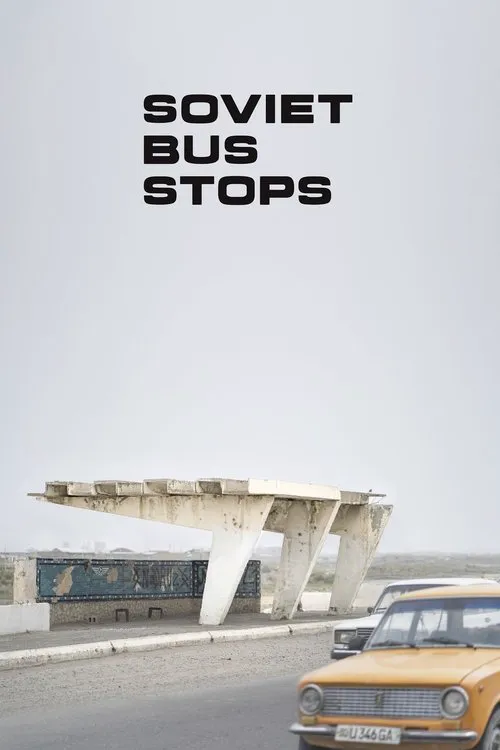Soviet Bus Stops

Plot
Christopher Herwig's photography project was initially met with skepticism, but it was his sincerity that eventually drew others in. His fascination with bus stops, particularly those of the former Soviet Bloc, stems from a sense of curiosity and a desire to comprehend the circumstances that led to their creation. As a photographer, Herwig is well aware that these bus stops are more than just functional structures; they possess a distinct character that showcases a unique blend of individuality and creativity, a quality that stands in stark contrast to the communist ideals of mass production and uniformity. Herwig's travels across the vast expanse of the former Soviet Bloc have revealed a hidden treasure trove of artistic bus stops, each one a reflection of the local culture and the people who created them. These structures have managed to transcend their utilitarian purpose, serving as miniature works of art that adorn the countryside like colorful jewels. They come in a wide range of styles and designs, from the more subdued and elegant to the extravagant and whimsical. Some resemble sculptures, while others appear to be the brainchild of a mad artist, complete with bright colors, abstract shapes, and a flair for the dramatic. As Herwig delves deeper into the story behind these bus stops, he becomes increasingly fascinated by the people who designed them. These unsung artists, largely unknown outside their local community, had managed to inject a touch of individuality into a system that shunned self-expression. What motivated them to push the boundaries of creativity in a society built on conformity and mass production? According to Herwig, these bus stops stand as testaments to the local spirit and a reflection of the community's identity. They are more than just functional structures; they are windows into the past, bearing witness to the history and the culture of the people who built them. Through his tireless efforts to track down the original designers and craftspeople behind these exceptional bus stops, Herwig uncovers the stories and the inspirations behind their creation. These encounters reveal a diverse range of experiences, from the influences of local folklore to the impact of modern art movements. He meets individuals who had been part of committees formed to design and implement these iconic structures, their creativity and artistic vision often driven by the desire to create something unique and meaningful for their community. As Herwig continues to explore these bus stops, he becomes increasingly aware of the precarious nature of their existence. Many are in disrepair, their vibrant colors fading as the years take their toll. Others have been lost forever, replaced by more modern and functional structures. The passage of time, however, has not diminished Herwig's enthusiasm for these artifacts of Soviet history. His dedication to capturing their essence on film stems from an understanding that these bus stops are not just relics of the past but living testimonials to the power of creativity and individuality. Herwig's photographs showcase the sheer diversity of the bus stops, each one imbued with the character and spirit of the people who created it. By documenting these structures, he strives to preserve their unique spirit and share it with a world that may have overlooked this hidden aspect of Soviet history. His project stands as a testament to the resilience and creative spirit of the communities that built them, serving as a reminder that beauty and art can flourish even in the most unlikely of places. As Herwig captures the last remnants of the Soviet bus stops on film, he also acknowledges the significance of his endeavor. These photographs form a chronicle of a bygone era, capturing a glimpse of a world where art and creativity coexisted with mass production and communist ideology. In doing so, Herwig's project provides a unique perspective on the complexities of history, revealing the intricate web of motivations and inspirations that shaped these iconic bus stops. Ultimately, Herwig's photography project has not only shed light on this forgotten aspect of Soviet history but has also given voice to the unsung artists and craftspeople who created these bus stops. Through their stories and their works, we are reminded that art has the power to transcend the boundaries of time and ideology, revealing the human spirit and its capacity for creativity and self-expression in the most unexpected of ways.
Reviews
Recommendations



